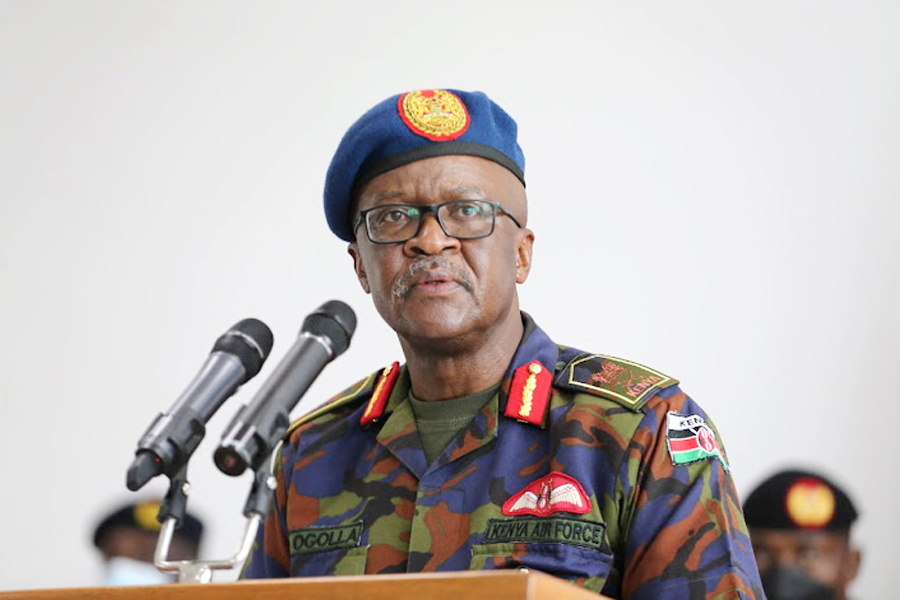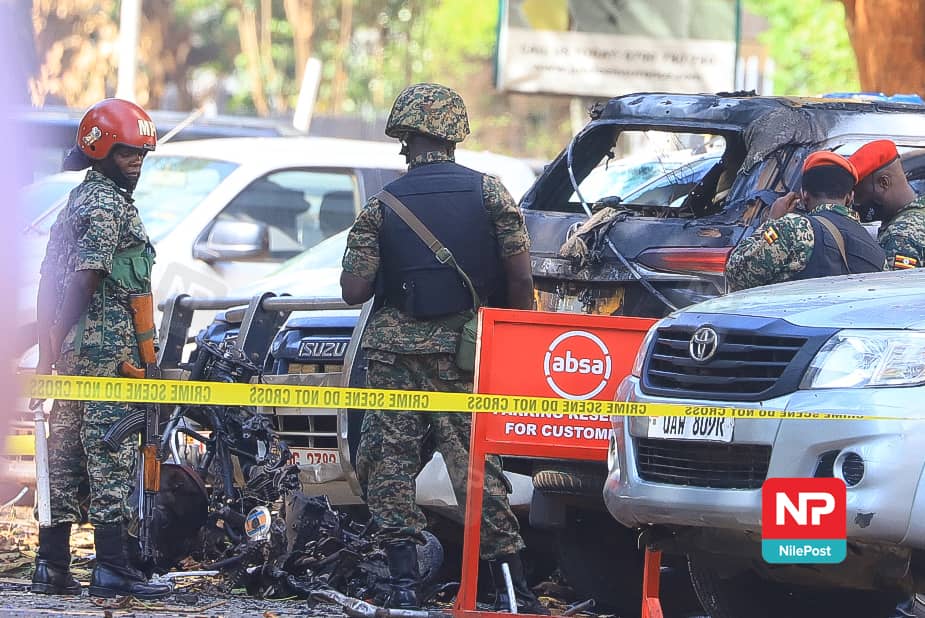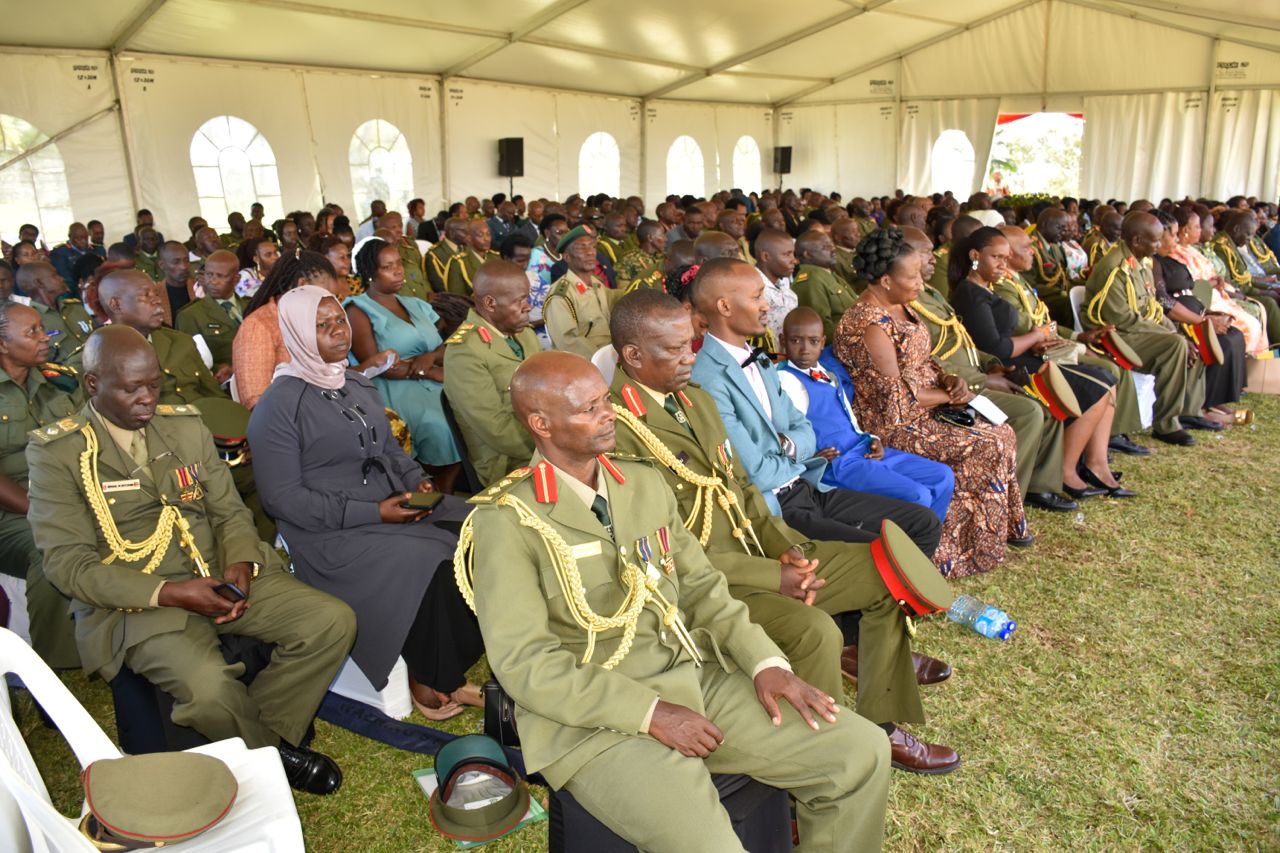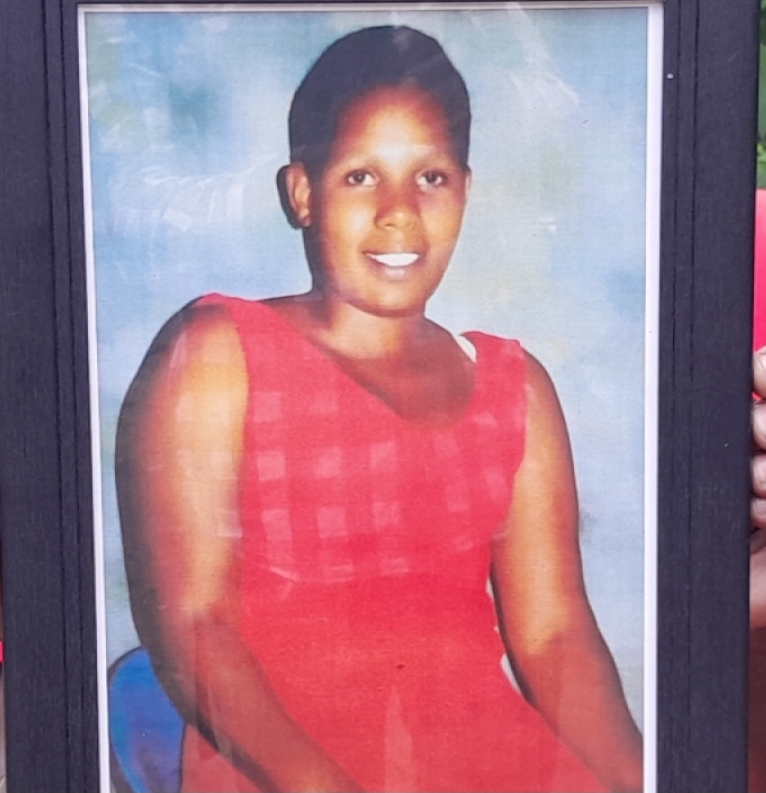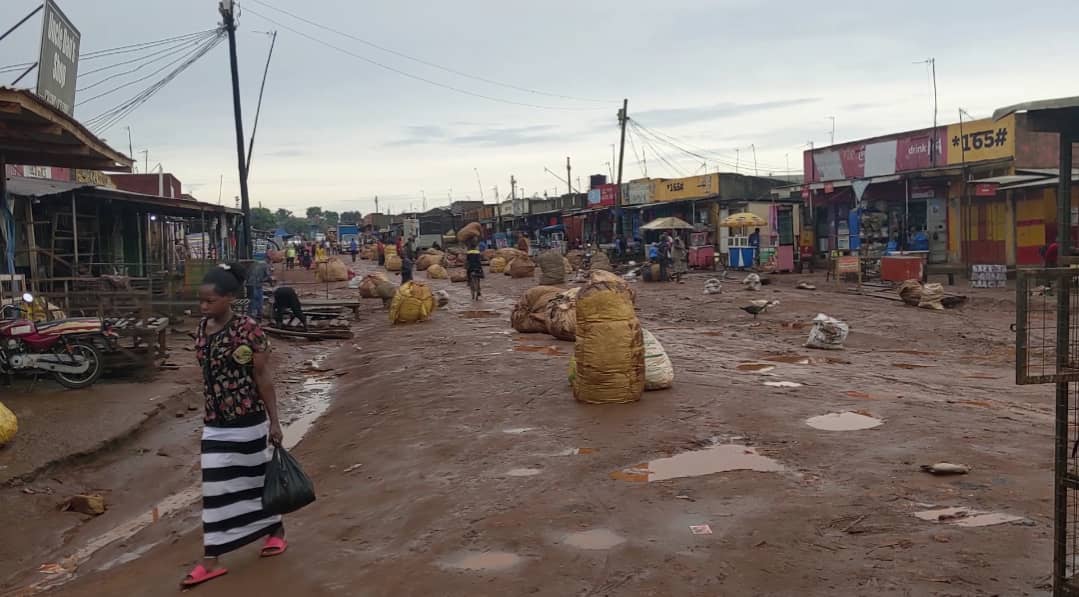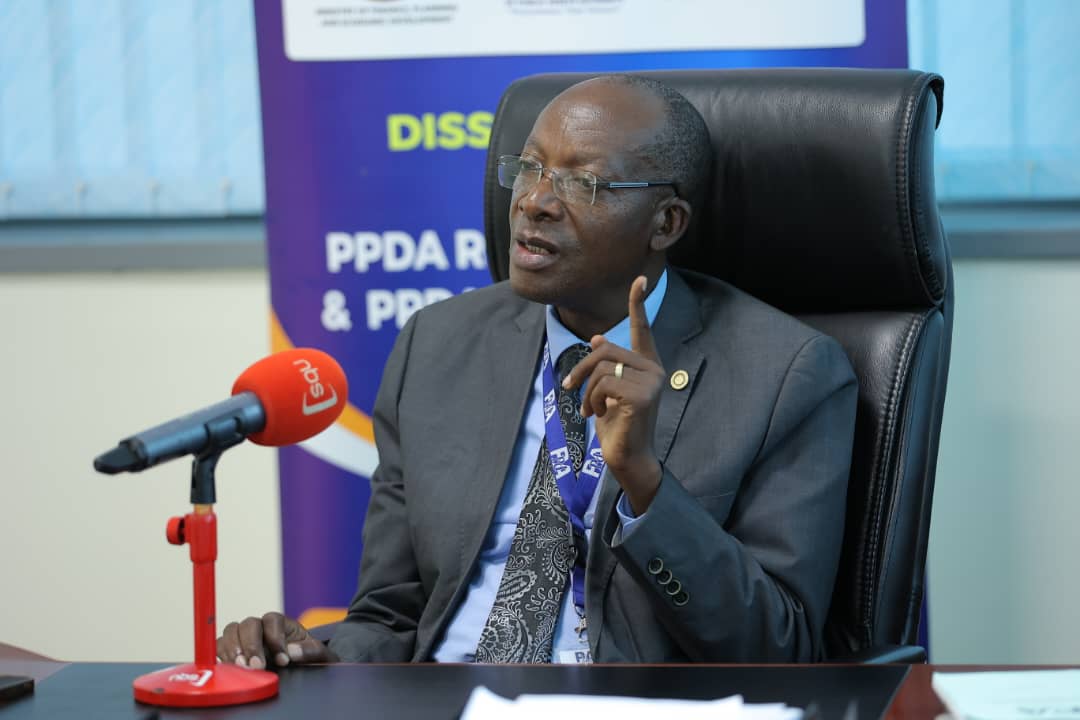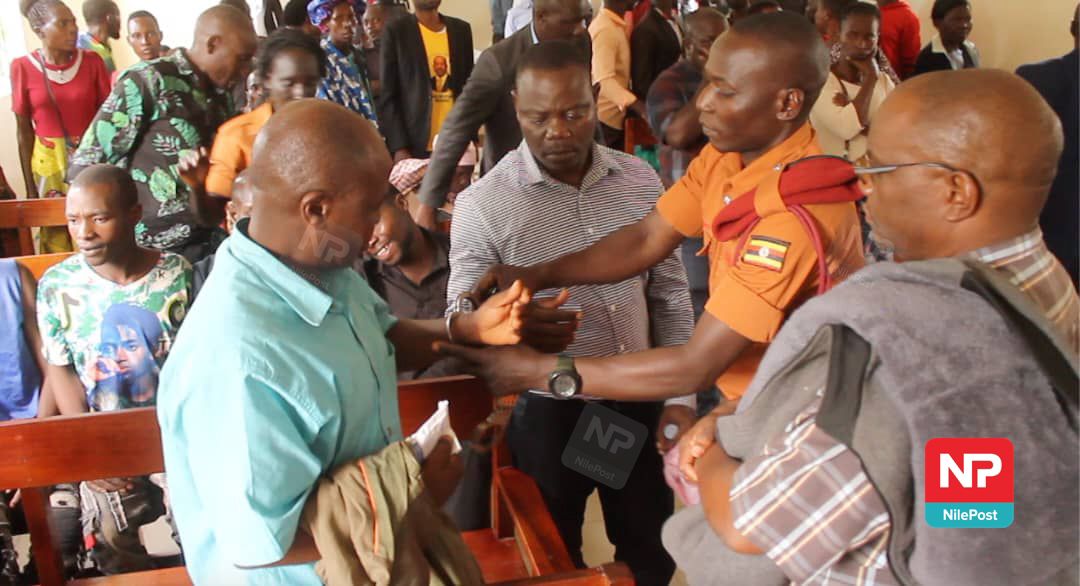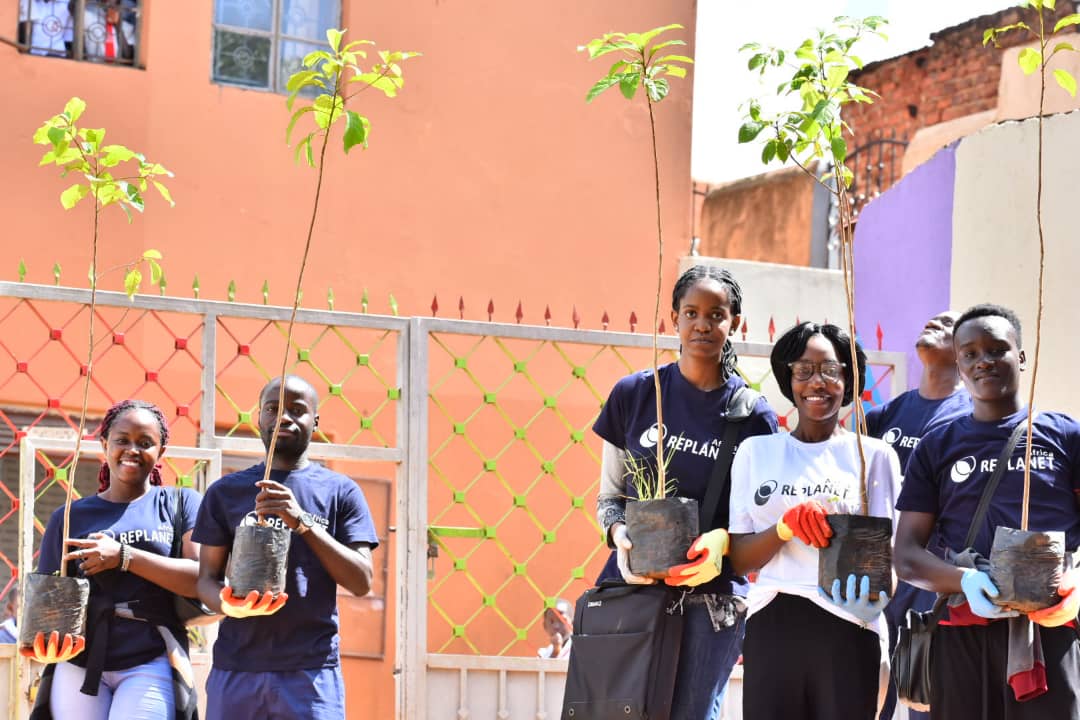Opinion: Why are the Karimojong so little understood outside of Karamoja?
By Yash Tandon
On Friday September, 18, I heard a discussion on NBS on the convicts escaping from the Moroto prison.
Keep Reading
It saddened me to hear the Karimojong described as historically – or even “culturally” – habituated to violence and armed banditry. By way of moving forward, the panel was in general agreement on the need to disarm the Karimojong.
In my view, forcibly disarming the Karimojong is absolutely the wrong way to go. Let me explain.
My parents came to Uganda in the 1930s from India. I was born in 1939 in the village of Kaberamaido.
My father was the only Indian to get a license to work in Moroto.
I spent my childhood in Moroto in the manyattas chasing after cows and donkeys, and dancing with the
Karimojong kids. As a child you learn fast. I did. As I grew up I read a lot about Karamoja.
Pre-colonial Karamoja, unlike Buganda or Bunyoro, had no centralised state. Anthropologists call them “acephalous”.
People lived in manyattas, in communities, not in nuclear families.
Decisions were made through consensus. There were occasional feuds but there was no spilling of blood. Spilling blood was an anathema. Matters were settled peacefully. And compensation –
usually in the form of cattle – was paid to the aggrieved party.
So, please do not draw conclusions about Karamoja, especially if you don’t have experience or
knowledge of acephalous communities.
It is very important that we carry out a diagnosis, an analysis of the situation.
Medical doctors don’t rush into prescribing a treatment until they have diagnosed the cause behind your symptoms and we should do the same on the issue of Karamoja.
Don’t jump to prescription without first carrying out a proper analysis. What lies behind the suffering of the people of Karamoja?
Why are the prisoners escaping from the prison? The first thing they do is to take control of all the arms and the ammunition. Why?
In 2006 the government carried out a fairly successful, but ruthless, disarming of the Karimojong. That was 14 years ago, and we are back to square one. Why? Why was there strong resistance against disarmament by the people?
For example, in Kotido district a significant numbers of Jie took up arms against the UPDF.
Iriama Rose (then MP for Nakapiripirit) jokingly threatened to raid Museveni’s cows if her constituents were not compensated for the livestock they had lost during disarmament.
In Karamoja up to 26% of people are chronically poor; 80% of households live below poverty
line compared to 20% in the rest of the country. Under age 5 mortality rates (deaths per 1000 live births) are the worst in the country. On- going civil strife and conflicts have affected the pastoral life style including pasture, livestock and water.
I have visited Karamoja several times in recent years. I spent time in Abim and Moroto. I went
to the gold pits where half-clothed men and women work without proper protection against
the deadly chemicals they use.
It takes a team of four workers, working from early morning to late evening (10 hours daily), five days to fill a huge truck with stones.
They were each paid shs7,000 per day.
Mining companies (most of which are global corporations) treat Karimojong workers very badly.
They employ UPDF soldiers to stand guard over the workers.
The soldiers harass and chase away local miners at the instruction of the companies.
We need to take a long term view of the matter.
The root of the so-called “Karimojong problem” is historical. It started with Uganda’s colonisation and continues to this day.
Our government is treating the Karimojong no different from the alien colonial masters.I can go on, but I’ll stop here.
The Karimojong are the most exploited, and oppressed people in Uganda. They are also the least understood.
As I said earlier, in 2006 the government carried out a fairly successful, but ruthless, disarming of the Karimojong. That was 14 years ago.
We are back to square one. Why? Because a decade and half later, we haven’t even begun to scratch the surface of a deep problem in the body politic of Uganda.
The writer is the author of Common People’s Uganda, 2019.



